In the ongoing transition towards sustainable energy sources, solar power has emerged as a prominent substitute for conventional power sources. The solar charge controller has experienced a significant increase in prominence as a critical element within the solar power system. During the period of forecast 2023-2032 years, the market for solar charge controllers is anticipated to increase at a compound annual growth rate (CAGR) of 6.80%, from USD 1.17 billion in 2023 to USD 1.98 billion in 2032.
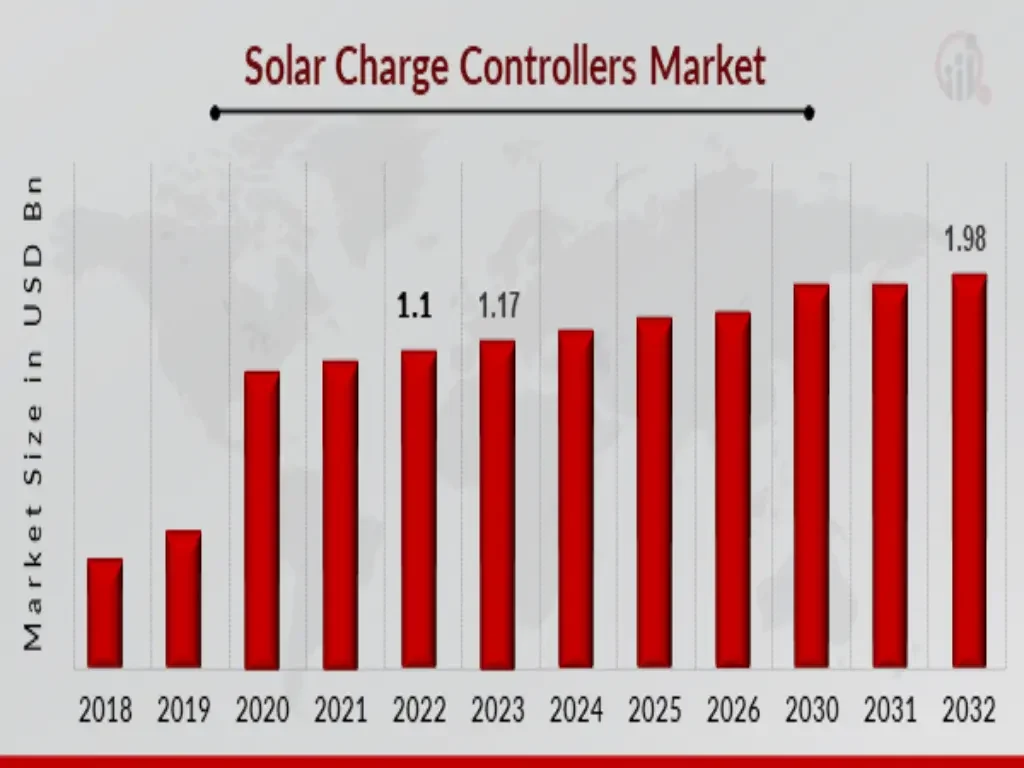
Source: Market Research Future
The operation of solar charge controllers significantly influences the longevity and effectiveness of solar power systems. They prolong the batteries’ performance and lifespan by regulating the voltage and current emanating from the solar panels in order to prevent overcharging. Battery damage resulting from unregulated power fluctuations becomes substantially more probable in the absence of these devices.
An upsurge in the need for solar charge controllers has resulted from the increasing recognition of the advantages associated with solar energy and the ongoing progress in technology. Solar power is gaining popularity as individuals become more environmentally conscious of the impact of their energy usage. As an increasing number of organizations and individuals opt to recycle, this trend is anticipated to persist.
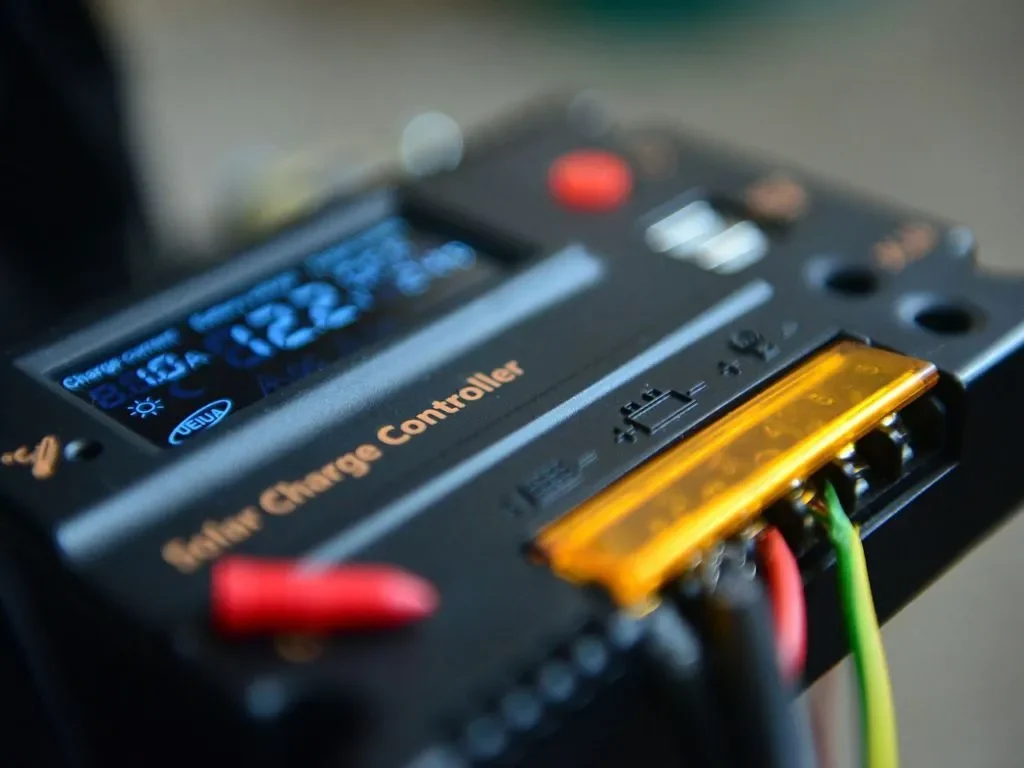
Source: Treehugger
The reason why a solar charge controller is an essential component of any solar power system is elaborated upon in this article. Gaining knowledge about the significance of solar charge controllers can assist you in optimizing the advantages of your solar power system, whether you are a novice to solar energy or planning to improve an existing configuration.
How Solar Charge Controllers Work
- Solar energy collection: the initial stage of the process involves the collection of sunlight by the solar panels, followed by its conversion into electrical energy. Flowing through the solar charge controller is this electricity in the form of direct current (DC).
- Regulation of voltage: contingent upon the intensity and angle of sunlight, the voltage generated by solar panels may exhibit variability. At a level appropriate for battery charging, the charge controller regulates this voltage. For example, in order to fully charge a 12V battery system, an approximate 14.4V voltage is required.
Battery charging: subsequently, the batteries are charged utilizing the regulated voltage. Crucial to the batteries’ performance and longevity, the controller guarantees a consistent and secure current passage into the batteries.
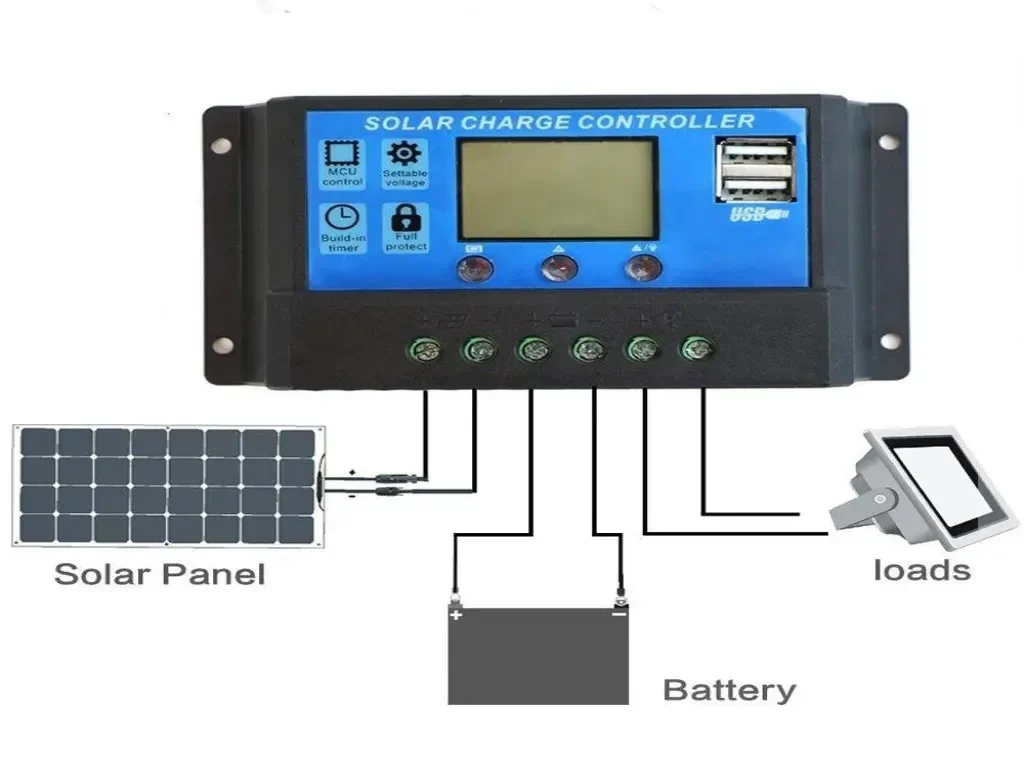
Source: Envistia Mall
- Overcharging prevention: The solar charge controller halts the charging process when the batteries have depleted to their maximum capacity. Overcharging batteries can result in their degradation and a shorter lifespan, so this is vital.
- Load control: certain sophisticated solar charge controllers can also regulate the amount of power supplied to the load, which consists of your appliances. A profound discharge can be averted by disabling the burden when the battery is low.
- Data monitoring: the ability to monitor data is a feature offered by contemporary solar charge controllers. In addition to the battery state of charge and voltage, they are capable of exhibiting current and voltage. Certain options even provide smartphone applications for remote monitoring.
Users can optimize the return on their investment in renewable energy by gaining a deeper understanding of the operation of solar charge controllers, which facilitates improved system maintenance. Its efficient and sustainable utilization of solar energy is facilitated by this critical component.
The Significance of Solar Charge Controller Use in the Modern World
Solar charge controllers are essential components in the renewable energy era. Assuring the efficiency and endurance of the solar panels and batteries they are the beating core of any solar power system. We will examine why their utilization is so vital in the contemporary era in this section:
Charge controllers for solar energy initially safeguard batteries. They prevent overcharging, which can substantially shorten the longevity of batteries, by regulating the current and voltage emanating from the solar panels. Charge controllers are capable of achieving 80–95% charging efficiencies.
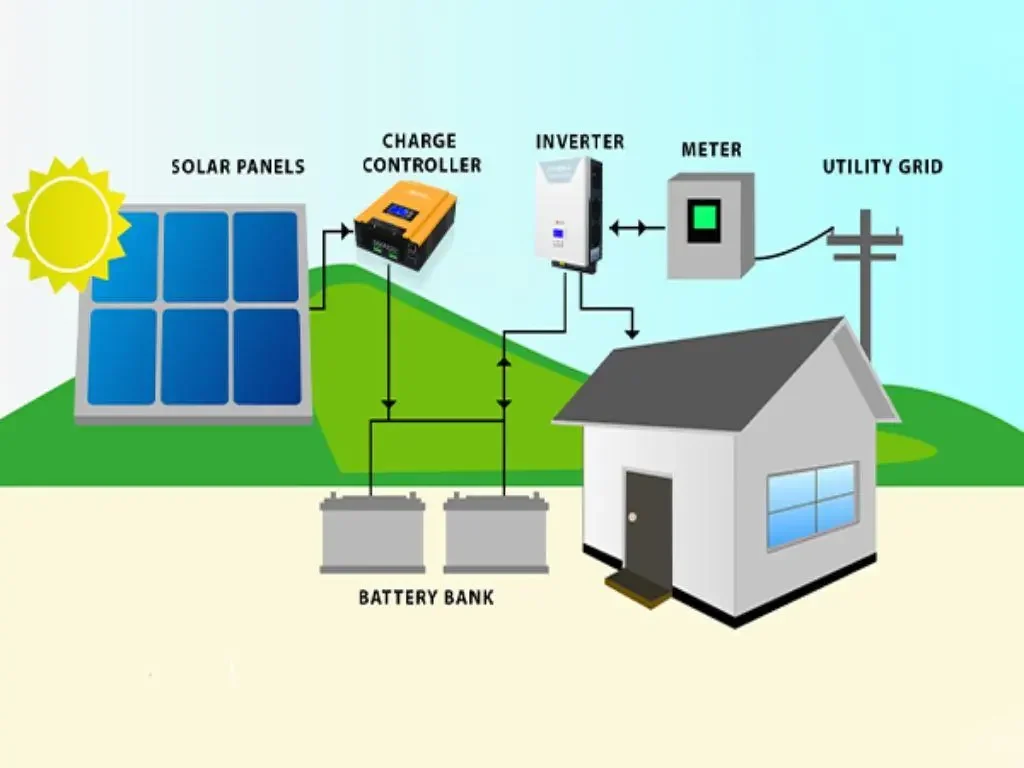
Source: Xindun
- They optimize energy consumption. Maximum Point Tracking (MPPT) technology is integrated into solar charge controllers. At any given moment, this enables the system to harness the utmost power output from the solar panels. On average, MPPT controllers can increase energy consumption by 30%.
- In addition, solar charge controllers offer an environmentally friendly energy alternative. They aid in diminishing our dependence on fossil fuels by guaranteeing the effectiveness and durability of solar power systems. Solar charge controllers will play a crucial role in the prediction that solar power could account for up to 25% of global electricity production by 2050.
- Furthermore, they aid in the reduction of expenses. Although solar power systems may require a considerable initial investment, they offer substantial long-term savings. An estimated annual electricity bill savings of $1,280 to $1,600 can be achieved at a rate of 16 cents per kWh.
In today’s society, solar charge controllers are indispensable. Furthermore, they guarantee optimal energy utilization, contribute to sustainable energy solutions, and generate substantial cost savings, in addition to safeguarding and extending the lifespan of your solar power system. The significance of solar charge controllers holds immense weight in light of the global transition to renewable energy.
Types of Solar Charge Controllers
Pulse Width Modulation (PWM) and Maximum Power Point Tracking (MPPT) are the two principal varieties of solar charge controllers.
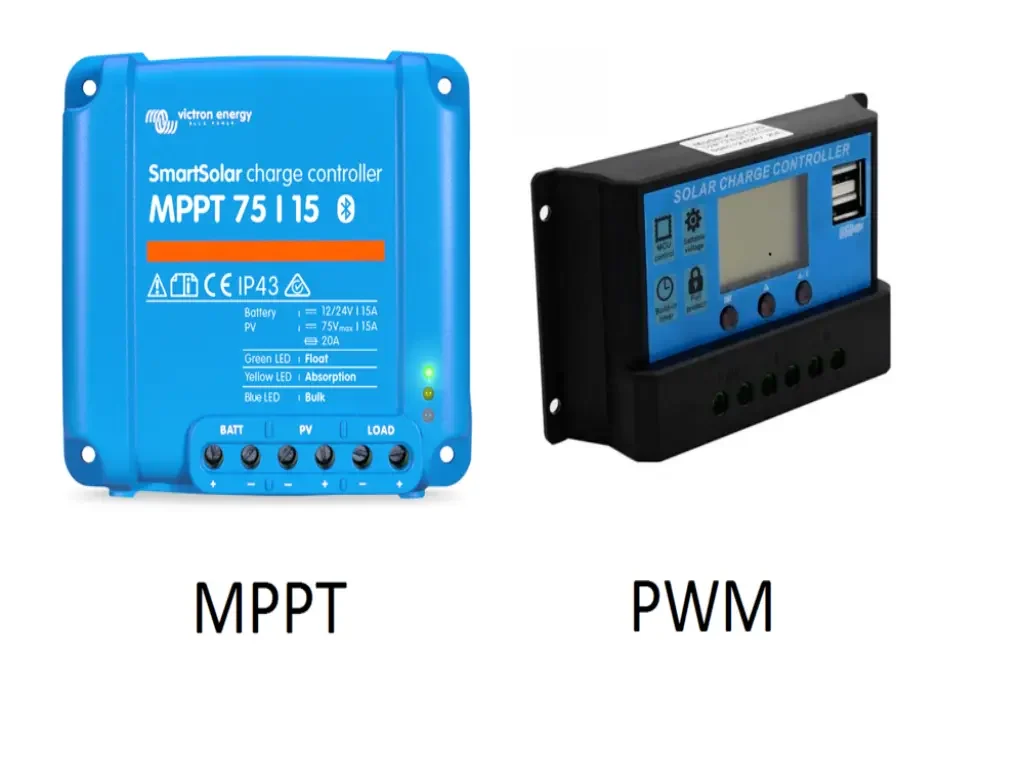
Source: cufflovesm.live
Pulse Width Modulation (PWM) Controllers
The most prevalent variety of solar charge controllers is PWM controllers. They are straightforward, trustworthy, and generally more affordable. PWM controllers function by establishing a direct connection between the battery bank and the solar array. The PWM controller maintains the charge of the battery once the system reaches optimum capacity by decreasing the power to prevent overcharging. A limitation does exist, however, with PWM controllers; in systems where the panel voltage is substantially greater than the battery voltage, their efficiency generally ranges from 65% to 80%.
Maximum Power Point Tracking (MPPT) Controllers
MPPT controllers represent the pinnacle of sophistication and innovation within the realm of solar charge controllers. Their purpose is to harness the utmost power that can be generated by the solar array while subject to specific conditions. By converting excess voltage to amperage, MPPT controllers enable the solar power system to monitor and regulate the charging process of the battery voltage.
As a consequence, the efficacy is enhanced by 15-30% in comparison to PWM controllers. In addition, MPPT controllers provide enhanced versatility by permitting the series configuration of an array of panels to achieve higher voltages. This feature can prove advantageous for systems that have lengthy electrical lines.
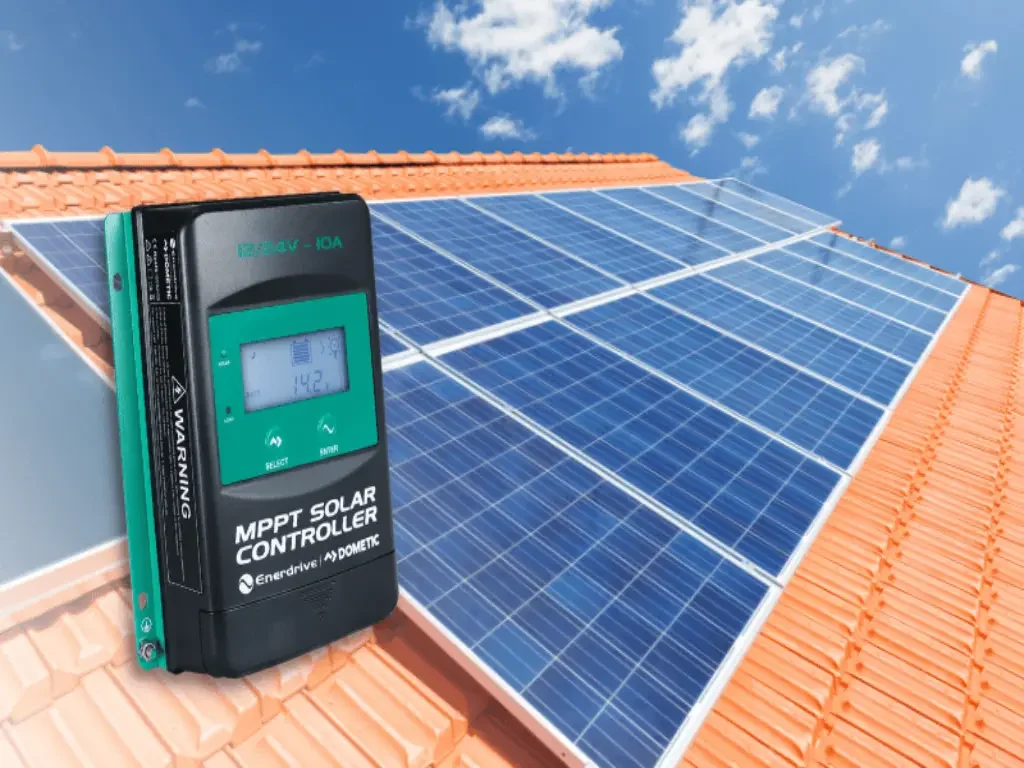
Source: Energy Matters
Differences Between PWM and MPPT Controllers
The primary distinctions between MPPT and PWM controllers pertain to their cost, flexibility, and efficacy. As previously stated, the capability of MPPT controllers to convert excess voltage to amperage increases efficiency and substantially improves the overall performance of the system. Further, they provide increased adaptability in terms of organizing solar panel arrays.
However, there is a greater cost associated with these advantages. PWM controllers are more cost-effective and may be a more viable option for smaller systems or those in which the panel voltage does not surpass the battery voltage by a substantial margin despite their reduced efficiency and flexibility.
Your choice of solar charge controller is determined by the design of your solar power system and your particular requirements. Recognizing the benefits and drawbacks of both PWM and MPPT controllers will enable you to make more informed choices.
Pros & Cons of Each Type of Solar Charge Controller
PWM controllers are more straightforward and economical. They function by decreasing the power supplied to the batteries as they approach complete charge, thereby inhibiting the occurrence of overcharging. Nevertheless, the disparity in voltage between the batteries and solar panels may compromise their efficacy, thereby reducing their applicability to larger systems.
Pulse Width Modulation (PWM) Controllers
| Pros of PWM controller | Cons of PWM controller |
| 1. PWM is a time-tested technology | 1. Solar input nominal voltage must match the battery bank nominal voltage |
| 2. Relatively inexpensive | 2. Many smaller PWM controller units are not UL-listed |
| 3. These controllers are available in many sizes for a variety of applications up to 60 A | 3. PWM controllers have limited capacity for system growth |
| 4. PWM controllers are durable, most with passive heat sink style cooling |
MPP controllers are more sophisticated and effective. Constantly monitoring the optimum power point of the solar panels, they make necessary adjustments to the battery input. This increases efficacy as much in comparison to PWM controllers. Nevertheless, their higher cost may render them uneconomical for lesser systems.
Maximum Power Point Tracking (MPPT) Controllers
| Pros of MPPT controller | Cons of MPPT controller |
| 1. Well-established technology, which providing charging efficiency up to 30% | 1. MPPT controllers are more expensive, sometimes (costing two or three times as much as a PWM controller) |
| 2. Potential ability to have an array with higher input voltage than the battery bank | 2. MPPT units are generally larger in physical size |
| 3. Available in sizes up to 80 A | 3. Sizing an appropriate Solar array can be challenging without MPPT controller manufacturer guides |
| 4. MPPT controller warranties are typically longer than PWM units | 4. Using an MPPT controller forces the Solar array to be comprised of like photovoltaic modules in like strings |
| 5. MPPT offers great flexibility for system growth | 5. Shorter lifespan due to complex electronic components and greater thermal stress |
How Much Do Solar Charge Controllers Cost?
You can find basic ones for as low as $20, while more advanced models can cost $500. The price range reflects the diversity in the technology and functionality of these devices.
Models in the lower price range usually have a capacity suitable for small solar installations. They lack some of the sophisticated features found in pricier models but perform their essential function of preventing battery overcharging.
In general, PWM solar charge controllers are priced between $15 and $40. This reduced cost is indicative of the comparatively restricted functionalities of PWM controllers in contrast to MPPT. When in doubt about which is most suitable for your solar energy system, it is advisable to exercise prudence, particularly if you intend to augment or construct your system in the future.
An MPPT solar charge controller is priced in the vicinity of $70 and $600. A larger controller capable of managing higher voltages is available at the upper end of this spectrum, while a less potent MPPT solar charge controller is available at the lower end.
Keep in mind that while the price is a significant factor, it’s essential to consider the controller’s capabilities and the requirements of your solar system. Investing in a high-quality controller can enhance the efficiency and longevity of your solar power system, making it a cost-effective decision in the long run.
Summary
A charge controller for solar panels is, in conclusion, a vital component of any solar power system. Its principal function is to regulate the current and voltage that flow from the solar panels to the battery. By means of preventing reverse current flow, overcharging, and undercharging, it guarantees the battery’s longevity. In its absence, the overall efficacy and durability of the solar power system might be compromised.
Securing a superior solar charge controller is thus not a luxury but an essential purchase for individuals desiring to harness solar energy efficiently and sustainably. Bear in mind that the functionality of your solar system is significantly influenced by this diminutive yet critical apparatus.


